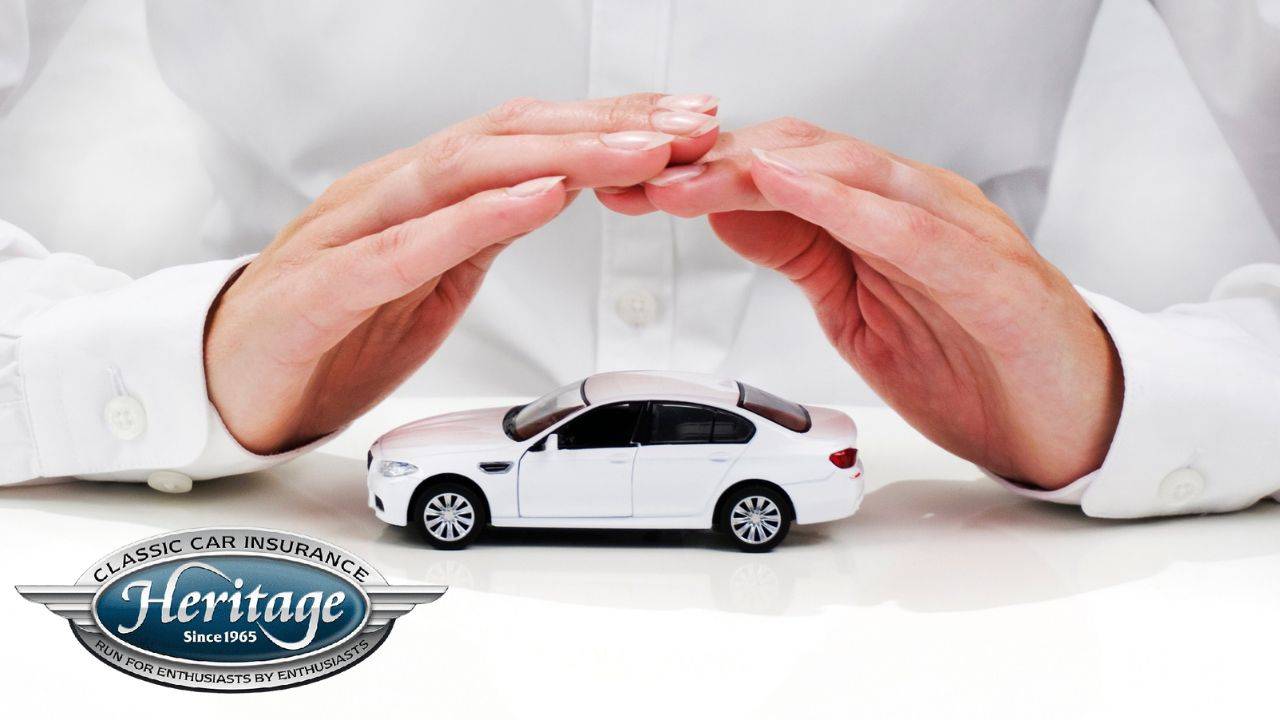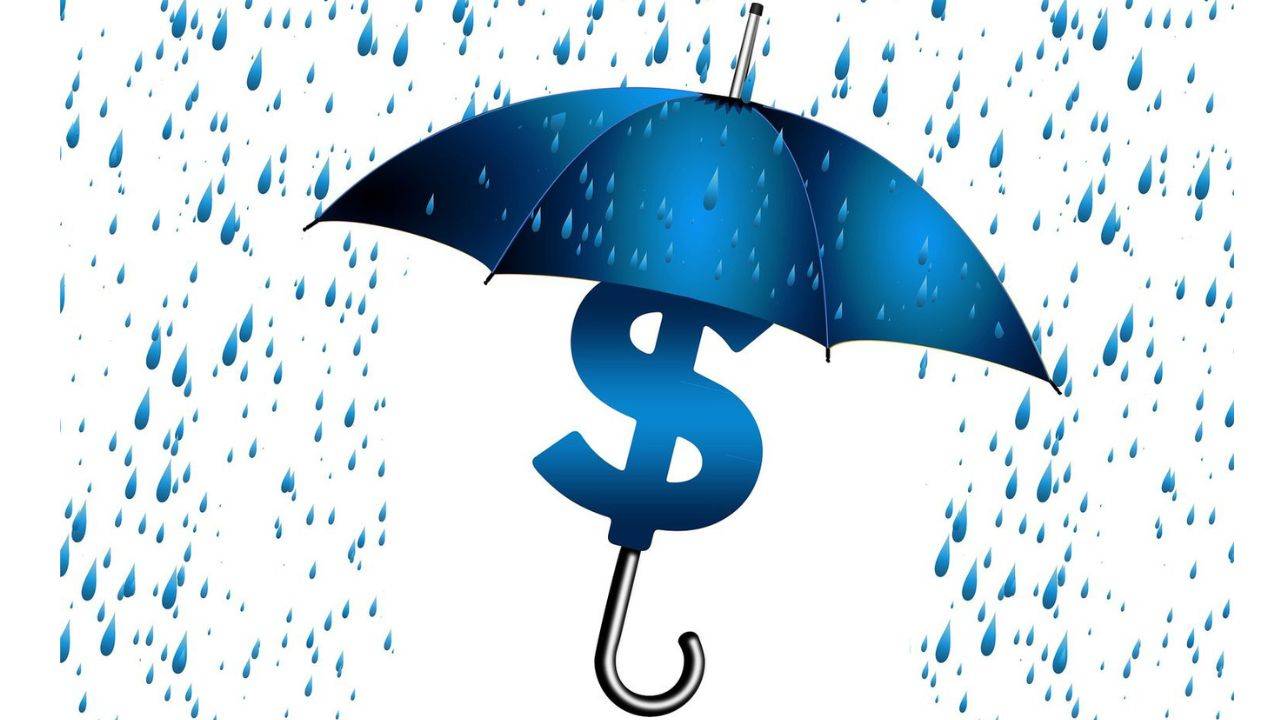Car insurance provides financial protection to drivers in the event of an accident, theft or damage. It typically includes liability, collision, and comprehensive insurance. Liability to compensate for damage caused to others; Collision covers damage to your vehicle, and comprehensive coverage covers non-collision incidents such as theft or natural disasters.
The Mystery of Car Insurance Coverage
Regarding safeguarding your vehicle and your financial well-being, car insurance coverage protects against unforeseen mishaps on the road. Understanding the nuances of car insurance is crucial to ensure you have the right protection tailored to your needs. Let’s delve into the intricacies of car insurance coverage and demystify the jargon.
Comprehensive Coverage: Protecting Your Asset
Comprehensive coverage offers a comprehensive shield for your vehicle against non-collision incidents, including theft, vandalism, fire, or natural disasters. It’s an indispensable component for safeguarding your investment beyond just accidents on the road.
Collision Coverage: Shielding Against Road Mishaps
Collision coverage covers the damages incurred by your vehicle in a collision with another vehicle or object. Whether it’s a fender-bender or a more severe accident, collision coverage ensures that your vehicle repairs are taken care of, minimizing the financial strain on your end.
Liability Coverage: Upholding Financial Responsibility
Liability coverage is your moral and legal obligation on the road. It safeguards you against potential lawsuits and financial liabilities arising from bodily injury or property damage caused to others in an accident where you’re at fault. It’s a fundamental aspect of responsible driving and financial protection.
Uninsured/Underinsured Motorist Coverage: Bridging the Gap
Uninsured/underinsured motorist coverage fills the void left by drivers without insurance or insufficient coverage. In the unfortunate event of an accident with such motorists, this coverage ensures you’re not left bearing the financial burden of their negligence.
Personal Injury Protection (PIP): Prioritizing Your Well-being
Personal Injury Protection, commonly known as PIP, prioritizes your well-being by covering medical expenses and lost wages for you and your passengers, regardless of who’s at fault in an accident. It’s an invaluable safety net that ensures your recovery is the top priority in the aftermath of a collision.
Gap Insurance: Bridging the Depreciation Gap
Gap insurance comes to the rescue when your vehicle’s value depreciates faster than your loan balance decreases. It covers the “gap” between what you owe on your car loan and the actual cash value of your vehicle, ensuring you’re not left underwater in the event of a total loss.
Roadside Assistance: A Lifeline on the Go
Roadside assistance is not just an add-on; it’s a lifeline when you find yourself stranded on the side of the road due to a flat tire, dead battery, or other mechanical issues. It provides peace of mind knowing that help is just a phone call away, wherever you may be.
Some Points of Car Insurance Coverage
Recommended Car Insurance Coverage: The level of insurance protection advised for drivers based on various factors such as state regulations, individual driving habits, and vehicle type. Recommendations typically include coverage for liability, collision, and comprehensive protection.
Car Insurance Coverage Types: Car insurance coverage types encompass a range of protections offered by insurance policies. These may include liability coverage (which pays for damages and injuries you cause to others), collision coverage (for damage to your vehicle in a crash), comprehensive coverage (for non-collision incidents like theft or natural disasters), uninsured/underinsured motorist coverage, and medical payments coverage.
Car Insurance Coverage Explained: This entails a detailed breakdown of the various components of car insurance policies, including what each type of coverage entails, its benefits, limitations, and potential add-ons. It aims to clarify insurance terminology and help consumers make informed decisions about their coverage needs.
Basic Car Insurance Coverage: Basic car insurance coverage typically includes liability coverage, which is often mandated by law. This coverage helps pay for damage and injuries you cause to others in an accident. Basic coverage may include uninsured/underinsured motorist coverage and personal injury protection depending on the jurisdiction.
Full Coverage Car Insurance: Full coverage car insurance is a comprehensive policy that includes liability, collision, and comprehensive coverage. While the term “full coverage” doesn’t imply total protection from every possible risk, it provides a broader range of protections than basic coverage.

Car Insurance Quotes: Car insurance quotes are estimates provided by insurance companies detailing the cost of insurance coverage based on factors such as driving history, vehicle type, location, and desired coverage levels. Before purchasing a policy, consumers typically obtain multiple quotes to compare prices and coverage options.
Recommended Car Insurance Coverage Consumer Reports: Organizations such as Consumer Reports provide advice or guidance on car insurance coverage. These recommendations are often based on thorough research, customer satisfaction surveys, and industry insights, aiming to help consumers choose the most suitable coverage for their needs.
State Farm Car Insurance: State Farm is one of the largest insurance companies in the United States, offering a range of insurance products, including car insurance. State Farm car insurance policies typically include various coverage options such as liability, collision, and comprehensive and additional features like roadside assistance and rental car reimbursement. Customers can also access discounts based on driving records, vehicle safety features, and bundling multiple policies.
Conclusion
Navigating the maze of car insurance coverage can seem daunting, but armed with knowledge, you can make informed decisions that safeguard your vehicle and financial stability. Remember, car insurance isn’t just a legal requirement; it’s your safety net on the unpredictable journey of life on the road. Choose wisely and drive with confidence, knowing that you’re well protected against the uncertainties that lie ahead.
FAQ
What does coverage mean in car insurance?
Car insurance coverage refers to the extent of protection provided by the policy. It includes financial compensation for damages, injuries, or liabilities from accidents or other covered events. Coverage types vary, such as liability, collision, comprehensive, and uninsured/underinsured motorist.
What is the insurance coverage type?
Insurance coverage type refers to the specific risks and events an insurance policy protects against. Common types include health, life, auto, home, and liability insurance. Each type offers different protection and benefits tailored to the insured’s needs.
What are the 3 types of car insurance?
The three main types of car insurance are liability insurance, which covers damages to others; collision insurance, which covers damage to your car in a collision; and comprehensive insurance, which covers non-collision-related damages like theft or natural disasters.
Which type of car insurance is best?
The best type of car insurance depends on individual needs and circumstances. Comprehensive coverage offers the most protection, including damage from accidents, theft, and natural disasters. However, liability-only coverage may suffice for those with older vehicles or limited budgets.
What full coverage doesn’t cover?
Full coverage typically only covers certain optional or specialized items, such as roadside assistance, rental car reimbursement, or custom parts and equipment. It also might not cover certain damage or incidents, such as intentional or racing-related accidents.
What do 250, 500, and 100 mean in insurance?
In insurance, “250/500/100” refers to liability coverage limits. It means coverage up to $250,000 per person for bodily injury, $500,000 per accident for bodily injury, and $100,000 for property damage.






